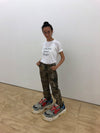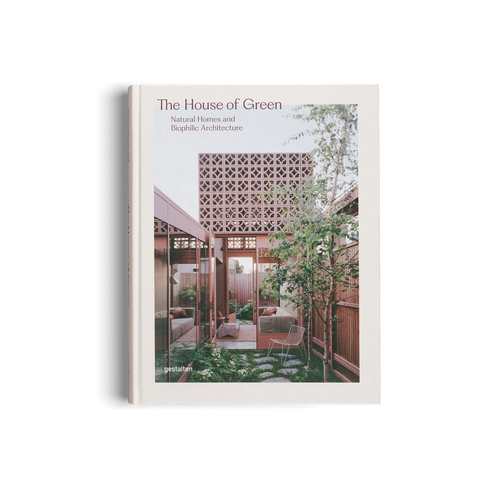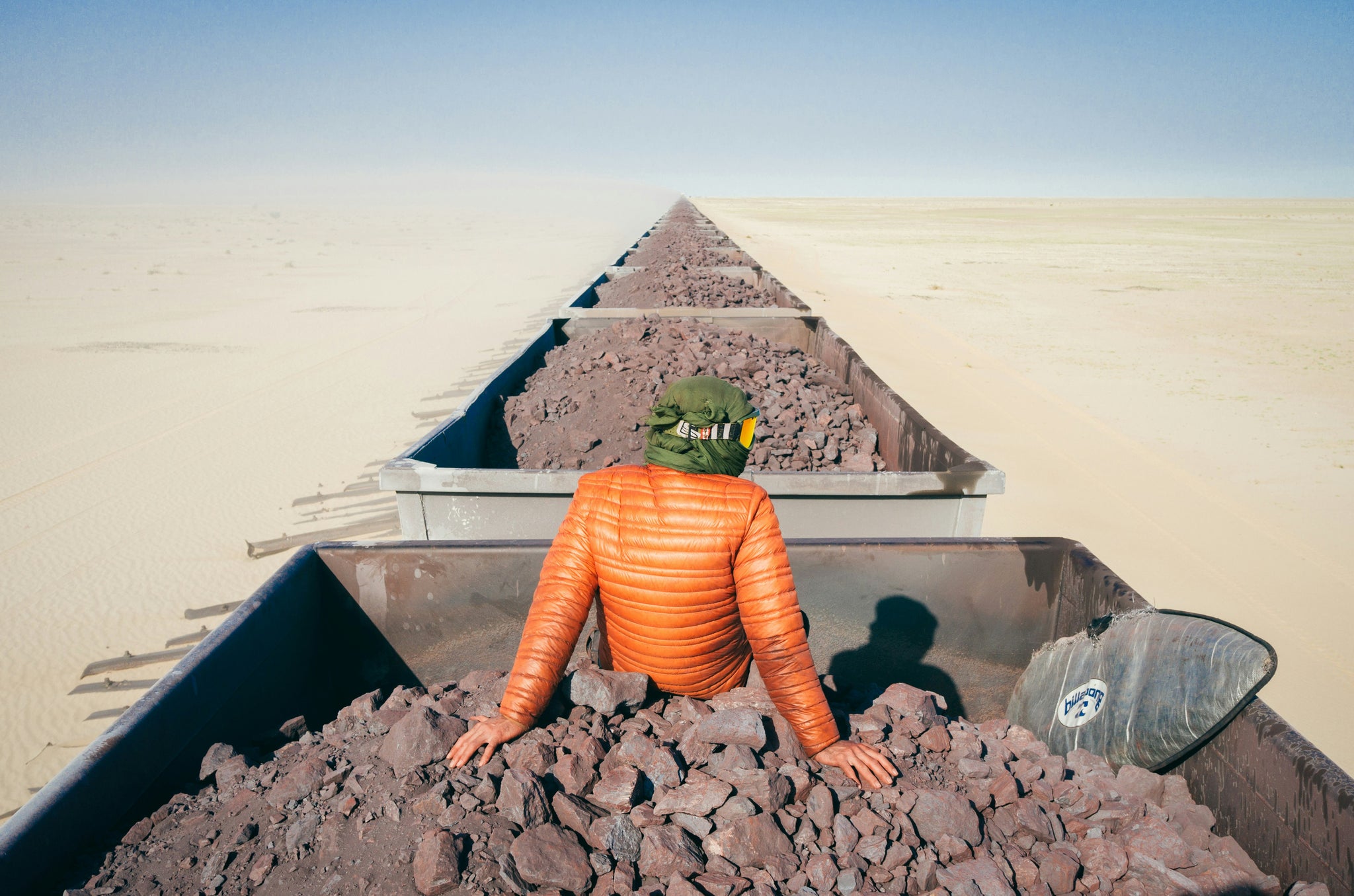
11/2018
Since making her first clay shoe in 2016, Didi has been playing with proportions and bringing to life high fashion exclusives such as Vetements’ flame-print platform boots and Fenty x Puma’s flip-flop heels in gigantic and minuscule ceramic forms. Her work has become iconic like the originals, which is why Adidas approached her for their new book. From flashy sneakers to sculpting, we find out how Didi creates her art.
Born in Cali, Colombia, Didi moved to New Jersey with her family when she was 5 years old. Didi has a twin sister called Mars. Their parents growing up were incredibly supportive of the pair exploring the creative arts as a career. Didi and Mars both went to Pratt Institute in New York, so they relocated across the bay to Brooklyn. Didi originally studied Communications Design but ceramics always appealed to her-so she was eventually pulled into this world despite not majoring in it.

Colombian-born and New Jersey-raised artist Diana 'Didi' Rojas was encouraged to pursue a career in the creative arts by her parents from a young age. Along with her twin Mars, the pair relocated to Brooklyn to study their undergraduates.
Didi took a ceramics class at school and knew that's what she wanted to do from that moment. She began experimenting with ceramic food and pots, which evolved into larger-than-life mobile phones and technology, which paved the way for a ceramic Nike Air Force 1. She told us:
"I began making the sneakers I owned or that friends would let me borrow when I started the project. I noticed that my own pair of Air Force 1's looked like they were ceramic from how much I would wear them to the studio so I decided to try sculpting them. They were so worn out and a bit encrusted with clay! I saw it as a challenge."

"When your Balenciaga sneakers finally arrive but then you realize they're just ceramic knockoffs" - Didi's caption on Instagram.
Each shoe depending on the detail and scale takes Didi between three to five hours to sculpt
A few pairs of sneakers later, Didi started toying with the idea of recreating some of the high fashions most exclusive and favorite pieces in gargantuan sizes. "Fake it till ya make it am I right," she said on Instagram when referring to one of the shoes. Didi began working solely from just photos of sneakers instead of having an original by her side.

Didi began creating ceramic ornaments before turning to giant mobile phones and eventually making ceramic shoes in all proportions. First, she created a clay replica of her Nike Air Force 1, which helped open her mind to the world of high fashion.
Each shoe depending on the detail and scale takes Didi between three to five hours to sculpt. Once she's happy with the sculpted pieces it becomes time to fully free them before they can be glazed (painted) and fired in the kiln. Ranging from a few days to weeks, waiting for the ceramics to dry is the longest process for her. Once this part is complete, the sculpted shoes enter the kiln and take a full 24 hours to reach temperatures of 2000°F before they can cool back down.

Last October, Balenciaga caused an uproar on social media when models walked the Paris Fashion Week runway wearing yellow and bubblegum pink Crocs. The starting price was $850, the platform Crocs were decorated with a butterfly, avocado, and Balenciaga-branded charms. Although they cast very different opinions, the shoes sold out before ever becoming available.
We ask Didi if she's a sneaker or shoe person? She tells us that she loves sneakers, but she also loves shoes in general, but there's something about sneakers that fascinates her. "The silhouettes and amount of detail that some sneakers have are incredible. Whenever I sculpt them I try to think about the different decisions that had to be made to make that particular shoe so iconic," she explains.
Didi's creations are a refreshing addition to the world of high fashion. To us, they are a playful outtake on the rise of sneaker culture into mainstream fashion
The two detailed sneakers that first spring into her mind are the Adidas Stan Smith and the Balenciaga Triple S. She says the Stan Smith is super sleek, minimal and has an incredible history. "Whenever I sculpt it I always think of the cutouts from the sides and how it was brilliant to add those rather than Adidas' signature stripes," she explains. This is different to the Balenciaga's though, she says they are "clunky, very flashy but totally a powerhouse sneaker. I love the sole on this shoe, sculpting it is so fun because of the amount of detail it has."
I began making the shoes because I thought it would be funny to have some of these pieces in my possession, in my case ceramic versions of them. It was my way of making something out of nothing
Her work caught the attention of Adidas and Stan Smith himself. They brought Didi onboard to create a giant clay version of the iconic shoe for their new book Stan Smith: Some People Think I’m a Shoe. Stan Smith wore the giant shoes himself in the shoot, which was photographed by fashion and art legend Juergen Teller.

From left to right, Didi created clay versions of Maison Margiela, Balenciaga, Hood By Air, and Gucci. These shoes were some of the most popular high fashion shoes of 2017. It was around this time that Didi caught the attention of the team at Johannes Leonardo and Adidas, who approached her about creating special pieces for their book.
Didi's creations are a refreshing addition to the world of high fashion. To us, they are a playful outtake on the rise of sneaker culture into mainstream fashion, amongst many others things. We ask her what sort of emotion and reaction she wants people to get from her work, to which she replied:
"I want people to find the lightheartedness in it. I began making the shoes because I thought it would be funny to have some of these pieces in my possession, in my case ceramic versions of them. It was my way of making something out of nothing. Ceramic has always been such an incredible medium and I'm very grateful to have found it. Shoes are also incredible objects that have an extensive history and that many people feel connected to. I want people to be able to connect to my work and at the same time connect to the medium."

Vetements produced a string of unmistakably conceptual pieces that are also refreshingly humorous. This Vetements Flame Boot was one of the biggest hits in high fashion back in 2016, it also helped cement Demna Gvasalia’s Vetements brand as one of the industries most hyped fashion labels of the millennium.
Didi is currently working on getting her studio in order after recently moving into a more private space, which she is super excited about. She told us she wants to focus on making a lot more work, having studio visits and collaborating on projects with her twin Mars. She was recently approached by Emily Okuda-Overhoff for a documentary piece. Didi was flattered about this project and the pair have already started working together on the film. Just like her shoes, Didi is working on some larger scale projects this year that she will share with the world on Instagram when the time is right.
Street fashion and urban culture have come a long way from humble beginnings in the ‘90s. Explore more in Highsnobiety: The Incomplete Guide To Street Fashion And Culture.
















